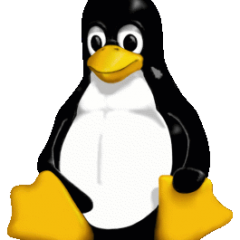Best Linux Compatible Wi-Fi Adapters
If you intend to buy a new computer or laptop, it is crucial to buy a Wi-Fi card that is compatible with Linux. Most modern cards will work fine, but it is important to be aware that not all of them are designed to work with free software right off the bat.
Let’s start with the best provider: Think Penguin offers a wide range of Wi-Fi cards that are 100% compatible with free software. Their products include the Wireless-N Mini VPN Router, which has the Respects Your Freedom hardware product certification, and the Penguin Wireless G USB for GNU / Linux adapter, which supports all the major popular and libre (free) distributions.
The entire Think Penguin Wi-Fi line of products can be found here: https://www.thinkpenguin.com/catalog/wireless-networking-gnulinux
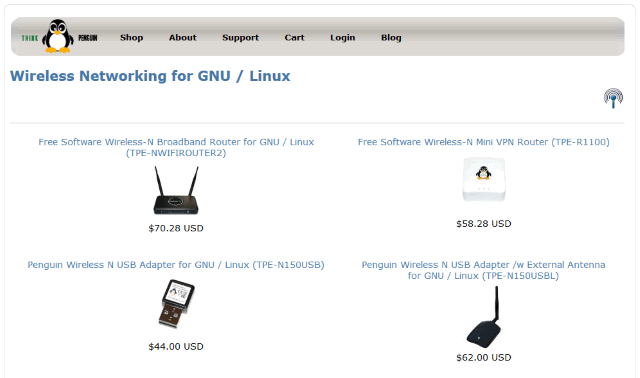
Amazon sells many Wi-Fi adapters, and most of them are compatible with the Linux OS. The products that have gotten great reviews include:
1. Panda 300Mbps Wireless N USB Adapter, which is compatible with Mint, Ubuntu, Fedora, openSUSE, CentOS, Lubuntu, Zorin, Kali Linux and even Raspbian Wheezy.
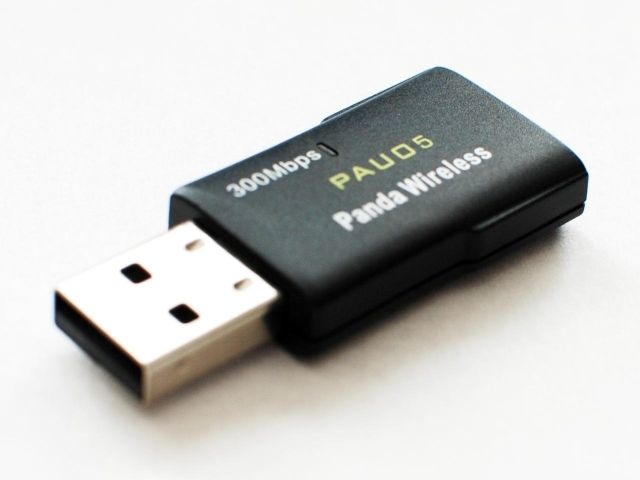
2. Motoraux N300 Dual Band Wireless, which is compatible with Fedora, openSUSE, CentOS, Linux.
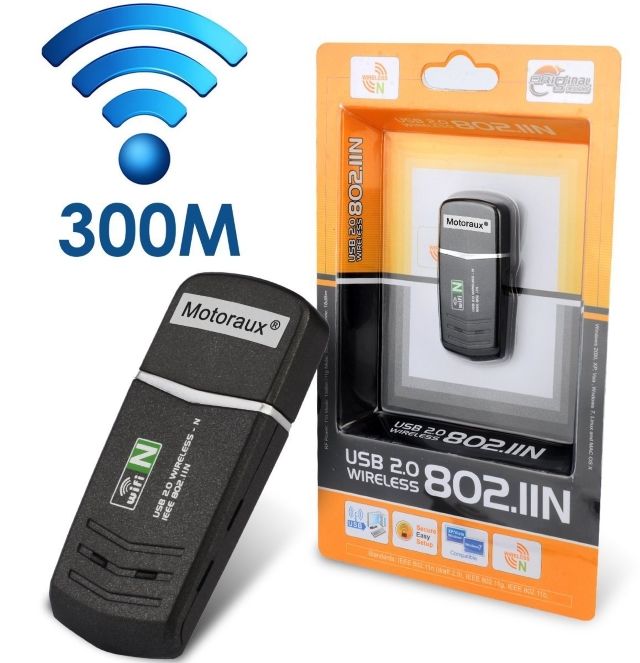
3. TP-LINK AC600 High Gain Wireless Dual Band USB Adapter, which includes a larger, and yet replaceable Wi-Fi antenna – a great feature that can’t be found in many other Wi-Fi dongles. So if space isn’t a problem, you can even add an external antenna using a long RP-SMA extension cable to easily gain a +9dB signal boost.
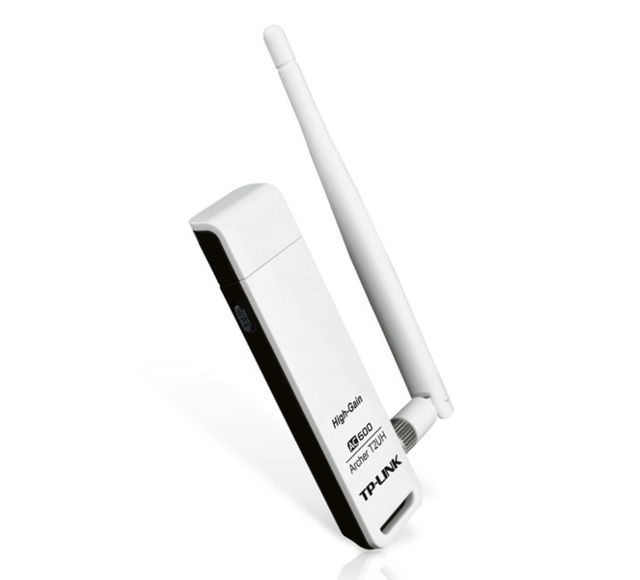
4. Of course, there are alternatives to this solution. If the Wi-Fi signal isn’t powerful in your building, you can use a device similar to the TP-LINK Wireless N300 High Gain USB Adapter. First of all, it runs at speeds of up to 300 MBps. I don’t own this device, so I was unable to verify the claims. Still, most Linux experts agree that the real Wi-Fi speeds can be slightly lower in comparison with the ones that can be achieved by running these devices in Windows-powered environments. I guess that’s the price that need to be paid for using a multi-OS compatible device!

A Concise History of the Linux OS
Back in 1991, Finnish Linux Torvalds, a young software engineer, created a new, free O.S. kernel. The code was released to the public, and this has led to its rapid adoption and growth. Today, the source code has grown to about 20 million lines of code.
In fact, everything started with the release of the Unix O.S. back in 1970. Due to its flexibility and portability (it was written using the C programming language) Unix was widely adopted by many universities and even businesses.
Still, a freely available O.S. kernel was missing from the picture, and this has made Torvalds start coding his own, because he wanted to make full use of the capabilities of his 80386 computer.
Linux’s initial license restricted its use for commercial activities, but the license has been changed later on. Several Linux and GNU developers worked hard, with the goal of integrating several GNU components into Linux, thus making it a fully functional and 100% free operating system.
Initially, the Linux name was only used for Torvalds’ kernel; however, since the kernel was frequently used in conjunction with other software, it became the name of the entire operating system.
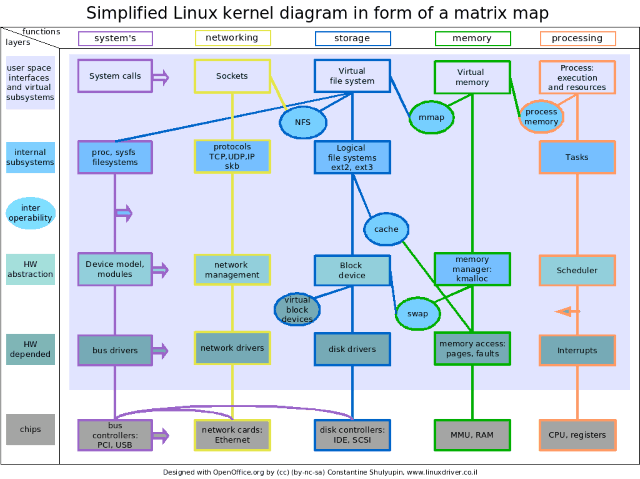
Ten years ago, Linus announced that Linux will get a mascot named Tux. Why a Penguin? Apparently, because he was bitten by a small penguin while visiting a Zoo in Australia, when he was a child. Tux’s name was cleverly suggested by James Hughes, with the three letters coming from Torvald’s UniX.
Thousands of programmers around the world contribute to Linux’s development, suggesting and implemented new features. Several companies have contributed as well, helping build new kernel versions, auxiliary code snippets and even full applications.
Over 10,000 people gather each year at the Linux Tag conference to exchange ideas and discuss Linux related projects.
The Linux Foundation, which was founded in 2007, has the main goal of promoting Linux as a free alternative to paid operating systems such as Microsoft Windows or Apple’s OS X.
Linux continues to be a free O.S., but big corporations like IBM and Dell invest into Linux and make money out of it, building and selling Linux-powered servers, for example.

KDE was the first user friendly desktop environment, but it was using the proprietary QT toolkit back in the day. GNOME, built by a US nonprofit organization, was launched as a 100% alternative.
The most popular Linux distribution is probably Ubuntu, which was first released in June 2011.


